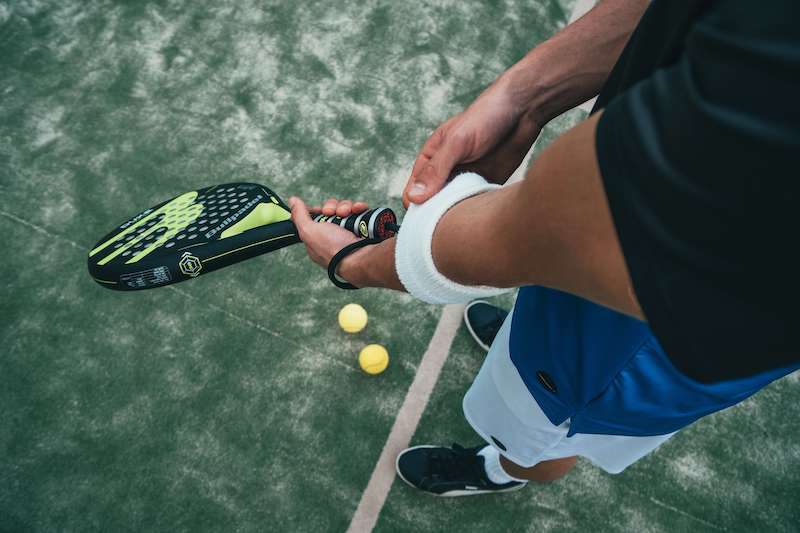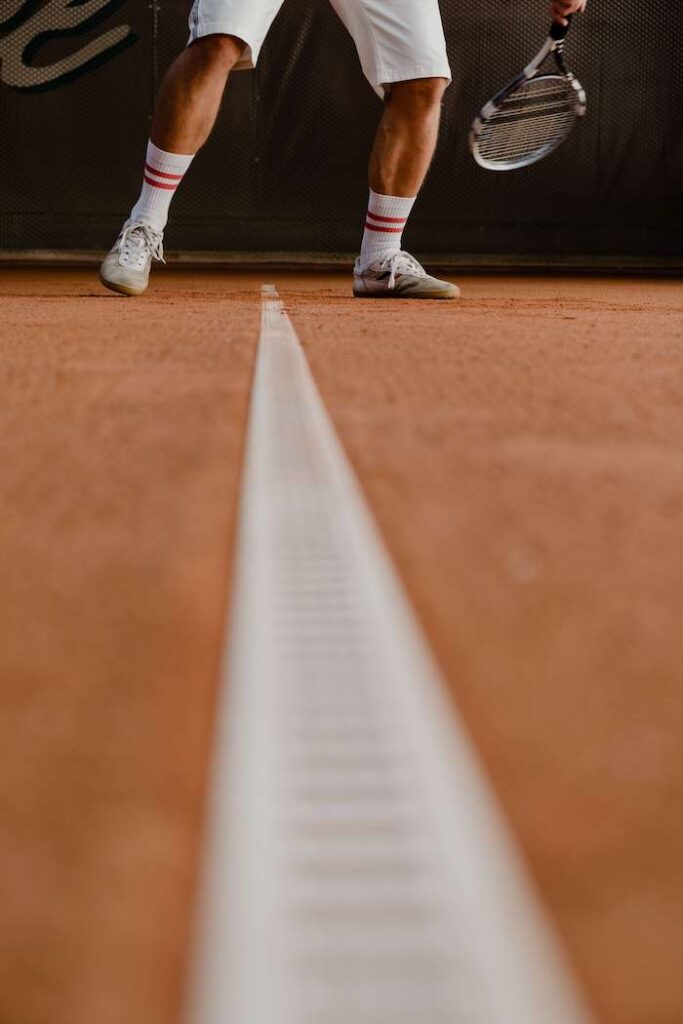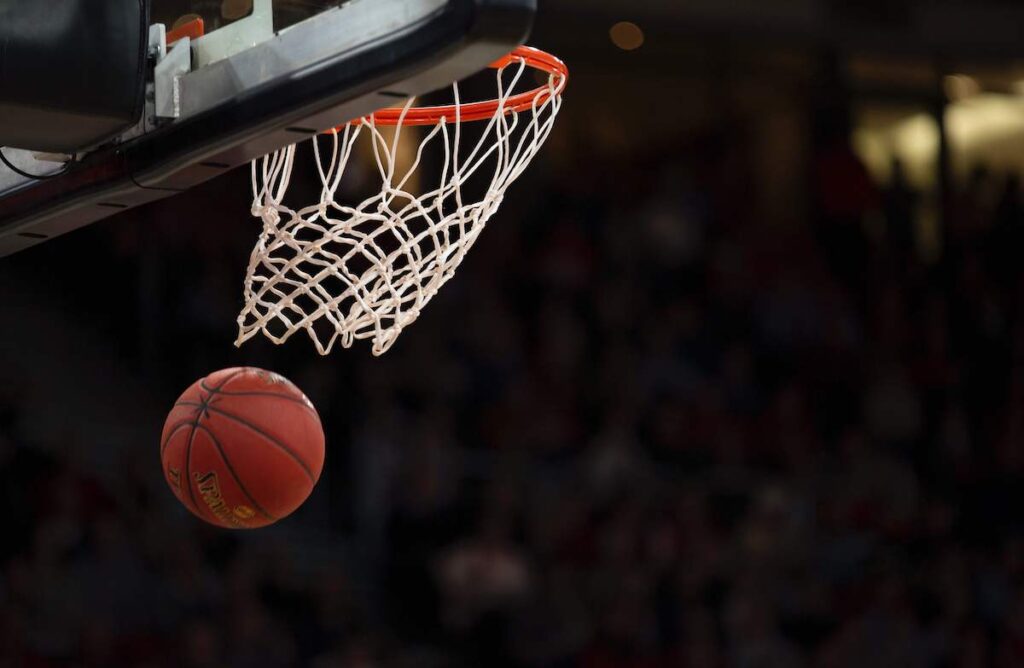Tennis Injuries
Tennis is one of the most beloved sports in the world, with widespread popularity among all ages, both amateur and professional. Unlike other sports, a tennis match is not limited by any specific time duration, which means that a match can last many hours.1 The very nature of the game involves a series of repetitive stresses for the tennis player, intense serves and hits, as well as continuous explosive manoeuvres, which make the athlete vulnerable to a particular injury profile.2 Acute injuries in tennis usually involve the lower extremity,3 while chronic overuse injuries involve the upper extremity.4
Table of contents
Play Surface
Contrary to other sports, tennis can be played in a variety of surfaces. Play surfaces include clay, grass or acrylic. To mention a few examples, Wimbledon uses grass courts, French Open is a clay court tournament, US Open is played on acrylic, whereas Australian Open uses synthetic courts. A clay court is “slow”, and the ball tends to lose speed due to more friction at the ball-surface interface. Hard surface courts are associated with a higher ball velocity, which may put more strain on the upper extremity of the tennis player.5


Equipment
Racquets nowadays are lighter, larger and stiffer, weighing up to 250g, as opposed to the wooden and heavy models that existed back in the day.6 Racquet stiffness characteristics, string technology and consequent “sweet spots”, as well as type of hand grip can all contribute to the type of injury incurred. For example, ulnar-sided wrist problems are more common with the western or semi-western grip, whereas the eastern grip tends to affect the flexors.7
Tennis Biomechanics
Familiarity with the biomechanical factors involved in tennis provides a better understanding of the nature of injuries encountered in tennis players. The most demanding stroke in tennis is the serve, which has been shown to comprise 45-60% of all strokes during a match.8
The serve has been divided into 5 phases: (i) wind up, (ii) early cocking, (iii) late cocking, (iv) acceleration, (v) follow-through.9-11 Other types of stroke include the forehand or backhand, which include 3 phases of movements: (i) racket preparation, (ii) acceleration, and (iii) follow-through.
In order to hit a good stroke, linked muscle groups must perform coordinated movements that will lead to a greater force summation. This concept is referred to as the kinetic chain. In tennis, this chain starts from the feet and knees, passes through the core (trunk/back), moves through the shoulder and elbow, and then the wrist and the racquet.12
Mastering this process is what distinguishes a hard hit of a professional from a soft hit of an amateur player. It also explains how a breakdown in this chain can result in overload and injury further down the chain.4 In other words, if you don’t position your knee right, then you might overload your shoulder or elbow.
Relevant Studies
Μια πρόσφατη μετα-ανάλυση των Pluim et al., αναφέρει ότι η συχνότητα των τραυματισμών στο τένις ανέρχεται σε 0.04-3 τραυματισμούς ανά 1000 ώρες παιχνιδιού.2 Οι επιδημιολογικές μελέτες μας δείχνουν ότι οι πιο συχνοί τραυματισμοί εμφανίζονται στο κάτω άκρο, με το άνω άκρο και τον κορμό να ακολουθούν.2, 13, 14 Επιπρόσθετα, οι κακώσεις του κάτω άκρου συνήθως οφείλονται σε οξείες κακώσεις από ένα συγκεκριμένο τραυματικό γεγονός, ενώ οι κακώσεις του άνω άκρου είναι πιο συχνά χρόνιες κακώσεις από υπερχρήση.3
Similar conclusions have been drawn from epidemiological studies regarding professional tournaments. A study of the US Open from 1994 to 2009, showed an overall injury rate of 48.1 injuries per 1000 match exposures.
Οι πιο συχνοί τραυματισμοί στο τένις αφορούσαν την ποδοκνημική (αστράγαλο), με τον καρπό, το γόνατο, το πόδι και τον ώμο να ακολουθούν στη συνέχεια. Μεταξύ των χρόνιων προβλημάτων, η κατανομή μεταξύ κάτω και άνω άκρου ήταν πιο εξισορροπημένη.15 Παρόμοια δεδομένα προέκυψαν και από μία μελέτη που αφορούσε το Wimbledon, από το 2003 μέχρι το 2012, με τους οξείς τραυματισμούς να αντιπροσωπεύουν ένα 73%, ενώ τις χρόνιες κακώσεις να ανέρχονται στο 27%.16


Upper Extremity Problems
Wrist
Most wrist injuries in tennis relate to ulnar-sided pathology pertinent to the extensor carpi ulnaris (ECU). The generation of ECU tendinopathy is thought to be related to the technique of the low forehand groundstroke and the 2-handed backstroke.
The western and semi-western grip types are also implicated.7 ECU tendinopathy is treated with rest, technique modification, splinting and NSAIDS. Acute ECU injuries, with subsheath disruption and subluxation can also occur in tennis players.
This injury is connected to sudden supination with wrist flexion and ulnar deviation during the low forehand stroke. It is treated with immobilization and subsheath reconstruction in severe cases.3
Elbow
Common elbow conditions in tennis include lateral epicondylitis and medial epicondylitis. Lateral epicondylitis is more often seen in less experienced players, possibly due to striking a backhand with a more flexed wrist.17 Medial epicondylitis is instead more common in elite players and involves the pronator teres and flexor carpi radialis.18 In all cases, treatment involves rest, physical therapy, steroid injections, or surgery for recalcitrant cases.
Shoulder
Shoulder problems include internal impingement, SLAP tears and partial-thickness rotator cuff tears. Internal impingement typically occurs during the late cocking phase of the serve. Treatment involves mostly rest and physical therapy, with surgery reserved for resistant cases.
Lower Extremity Problems
Τα διαστρέμματα της ποδοκνημικής άρθρωσης ίσως αποτελούν τις πιο συχνές κακώσεις στο τένις, γενικότερα. Συνήθως αφορούν το έξω συνδεσμικό σύμπλεγμα. Η θεραπεία είναι τις περισσότερες φορές συντηρητική, αν και υψηλού βαθμού διαστρέμματα μπορεί να χρειαστούν χειρουργική ανακατασκευή. Οι κακώσεις του ισχίου είναι επίσης συχνές στο τένις. Πρόκειται συνήθως για μυϊκές θλάσεις, που αντιμετωπίζονται με ξεκούραση, πάγο, αντιφλεγμονώδη και φυσικοθεραπεία. Σε περίπτωση που ο πόνος εμμένει παρά τα παραπάνω, θα πρέπει να τίθεται η υποψία ρήξης του επιχειλίου χόνδρου, πράγμα που απαιτεί περαιτέρω διερεύνηση με μαγνητική τομογραφία.4
Other Injuries
Other problems in tennis include abdominal strains and lumbar disk herniation or degeneration. Abdominal muscle strains are very common in tennis, as these muscles are involved in the serving motion. In fact, the overhead serve involves activation of the rectus abdominis, the obliques, iliopsoas and gluteal muscles.19 Rest, ice, NSAIDS and physical therapy are usually effective.
Low back pain is also very common in tennis. Pain could be related to ligament sprains, paraspinal muscle strain, or in injury to the lumbar disks. The occurrence of these injuries is related to the increased rotational forces on the back during tennis, as there is an element of rotation with all tennis strokes.4 If lumbar disk herniation is suspected or there are neurological symptoms, an MRI of the lumbar spine is warranted for further investigation.
References
1. Kovacs MS: Applied physiology of tennis performance. Br J Sports Med 2006;40:381-385; discussion 386.
2. Pluim BM, Staal JB, Windler GE, Jayanthi N: Tennis injuries: occurrence, aetiology, and prevention. Br J Sports Med 2006;40:415-423.
3. Chung KC, Lark ME: Upper Extremity Injuries in Tennis Players: Diagnosis, Treatment, and Management. Hand Clin 2017;33:175-186.
4. Dines JS, Bedi A, Williams PN, Dodson CC, Ellenbecker TS, Altchek DW, et al.: Tennis injuries: epidemiology, pathophysiology, and treatment. J Am Acad Orthop Surg 2015;23:181-189.
5. Nigg BM, Yeadon MR: Biomechanical aspects of playing surfaces. J Sports Sci 1987;5:117-145.
6. Miller S: Modern tennis rackets, balls, and surfaces. Br J Sports Med 2006;40:401-405.
7. Tagliafico AS, Ameri P, Michaud J, Derchi LE, Sormani MP, Martinoli C: Wrist injuries in nonprofessional tennis players: relationships with different grips. Am J Sports Med 2009;37:760-767.
8. Johnson CD, McHugh MP, Wood T, Kibler B: Performance demands of professional male tennis players. Br J Sports Med 2006;40:696-699; discussion 699.
9. Elliott B, Fleisig G, Nicholls R, Escamilia R: Technique effects on upper limb loading in the tennis serve. J Sci Med Sport 2003;6:76-87.
10. Fleisig G, Nicholls R, Elliott B, Escamilla R: Kinematics used by world class tennis players to produce high-velocity serves. Sports Biomech 2003;2:51-64.
11. van der Hoeven H, Kibler WB: Shoulder injuries in tennis players. Br J Sports Med 2006;40:435-440; discussion 440.
12. Eygendaal D, Rahussen FT, Diercks RL: Biomechanics of the elbow joint in tennis players and relation to pathology. Br J Sports Med 2007;41:820-823.
13. Lynall RC, Kerr ZY, Djoko A, Pluim BM, Hainline B, Dompier TP: Epidemiology of National Collegiate Athletic Association men’s and women’s tennis injuries, 2009/2010-2014/2015. Br J Sports Med 2016;50:1211-1216.
14. Okholm Kryger K, Dor F, Guillaume M, Haida A, Noirez P, Montalvan B, et al.: Medical reasons behind player departures from male and female professional tennis competitions. Am J Sports Med 2015;43:34-40.
15. Sell K, Hainline B, Yorio M, Kovacs M: Injury trend analysis from the US Open Tennis Championships between 1994 and 2009. Br J Sports Med 2014;48:546-551.
16. McCurdie I, Smith S, Bell PH, Batt ME: Tennis injury data from The Championships, Wimbledon, from 2003 to 2012. Br J Sports Med 2017;51:607-611.
17. Blackwell JR, Cole KJ: Wrist kinematics differ in expert and novice tennis players performing the backhand stroke: implications for tennis elbow. J Biomech 1994;27:509-516.
18. Vangsness CT, Jr., Jobe FW: Surgical treatment of medial epicondylitis. Results in 35 elbows. J Bone Joint Surg Br 1991;73:409-411.
19. Atkins JM, Taylor JC, Kane SF: Acute and overuse injuries of the abdomen and groin in athletes. Curr Sports Med Rep 2010;9:115-120.
Frequently Asked Questions
I feel clicking in my wrist after a tennis match. What's going on?
A painful click in the wrist after a tennis match is usually related to disruption of the sheath of the ECU, and consequent ECU subluxation.
What are the common shoulder problems related to tennis?
– SLAP lesions
– Impingement syndrome
– Internal impingement
– Rotator cuff tears
Find us
Book an appointment with us today






